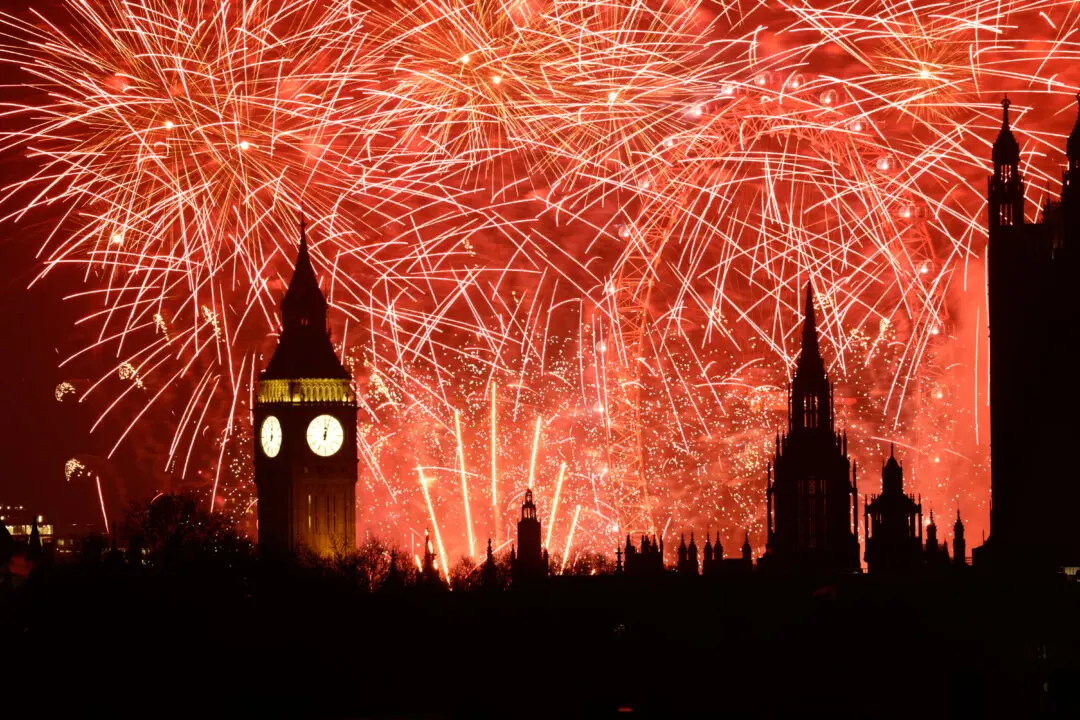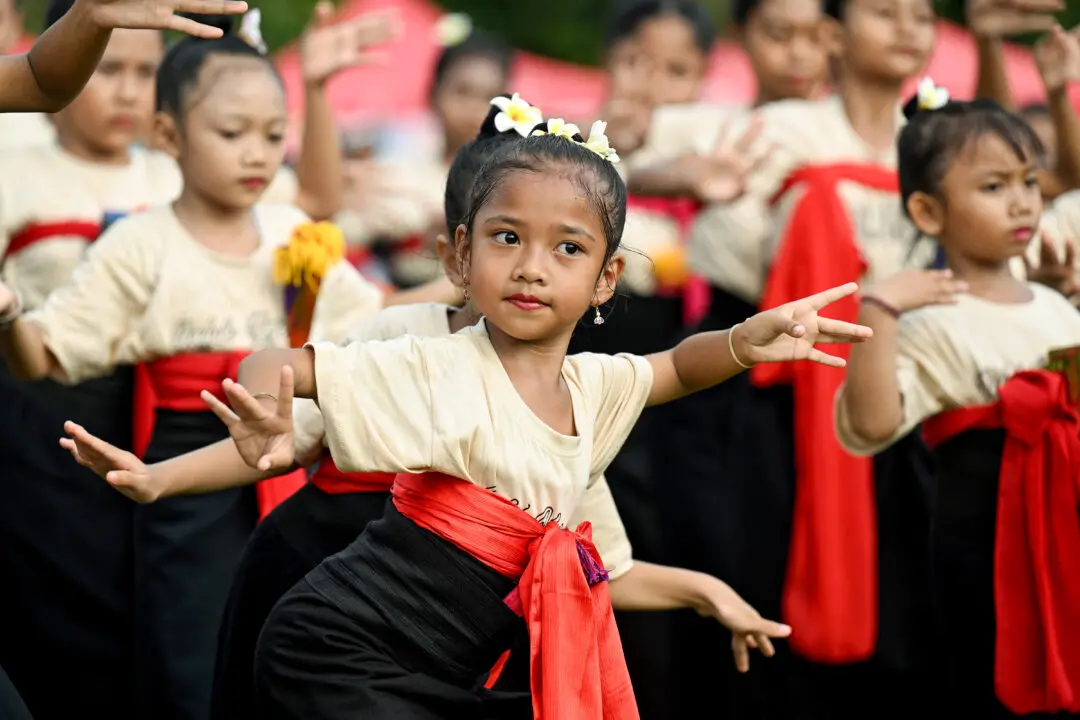Since 1333, a fort has stood on a hill summit in Himeji, in west Japan, where Himeji Castle now stands. The current castle was built between 1601 and 1609, and all previous structures were demolished.
The early 17th-century castle is the finest surviving example of its kind. Primarily built of wood, the castle is also known as Shirasagi-jo (White Heron Castle) due to the white plaster that covers the castle’s earthen walls. Inside, a series of sliding panels (fusuma) and folding screens (byobu) divide the interior space into rooms.






